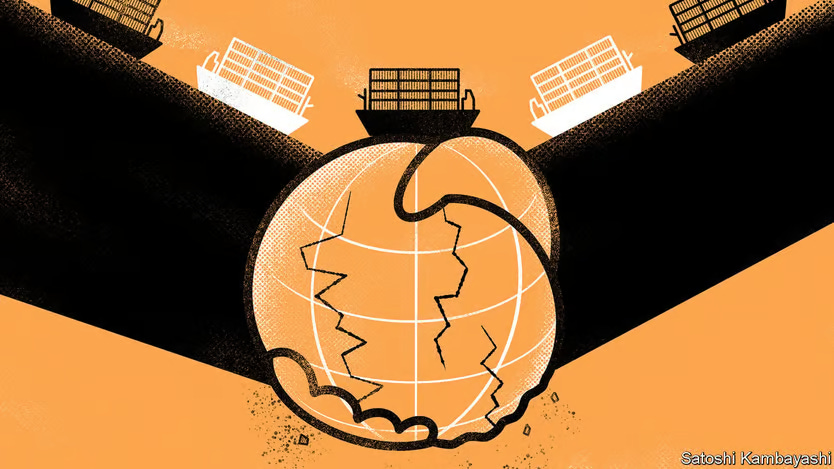Global Integration American Style
One Second Wave nation reshaped the global economy in the aftermath of war.
In the tumultuous wake of World War II, the world found itself battered and bruised, with economies shattered and empires crumbling. Yet, amidst the chaos, two giants emerged, poised to reshape the global landscape: the United States and the Soviet Union.
For America, a nation that had once played second fiddle in the grand imperial symphony, the post-war era presented an unparalleled opportunity. Blessed with economic might, technological prowess, and political stability, the United States stood as the chief creditor nation, ready to fill the power vacuum left by its war-torn competitors.
Back in 1941, even before the guns fell silent, American financial strategists were plotting their next move. And in 1944, at Bretton Woods, under the guiding hand of Uncle Sam, the stage was set. Forty-four nations gathered, and two pillars of global integration were erected: the International Monetary Fund (IMF) and the World Bank.
The IMF wielded its influence, compelling nations to peg their currencies to the almighty dollar or gold, a currency the U.S. held in abundance. Meanwhile, the World Bank, initially intended for European reconstruction, began extending its reach to the non-industrial nations, funding infrastructure projects to grease the wheels of trade.
But the trio wouldn't be complete without the General Agreement on Tariffs and Trade (GATT), a U.S.-backed initiative aimed at liberalizing trade. Yet, while it promised open markets, it also tied the hands of fledgling industries in poorer nations, making it harder for them to stand on their own feet.
And here's the kicker: the World Bank wouldn't lend a dime to any nation that dared defy the IMF or GATT. It was a masterstroke of economic entanglement, making it near impossible for debtor nations to wriggle free from their obligations to the United States.
So, from 1944 well into the swinging 1970s, the U.S. held court over this intricate web of global commerce. It wasn't just about dominating the game; it was about integrating the integrators themselves. In this grand dance of nations, America held the lead, orchestrating a symphony of trade that resonated around the world. And that, my friends, is how America ruled the roost in the age of global integration.
And so, as the United States cemented its position at the helm of global integration, laying down the foundations of a new economic order, the seeds of the Third Wave were quietly sown. Alvin Toffler's prophetic vision of a post-industrial society, driven by information and innovation, began to take root amidst the rubble of the old-world order.
For just as the Second Wave nations reshaped the global economy in the aftermath of war, so too would the principles of the Third Wave, with its emphasis on knowledge, creativity, and connectivity, come to redefine the very fabric of human civilization. In the tangled web of international trade and finance, the stage was set for a new era of technological advancement and social transformation, one in which the power of ideas would eclipse the might of nations. And as the world hurtled forward into an uncertain future, the echoes of Bretton Woods would fade into memory, replaced by the dawn of a Third Wave world.

